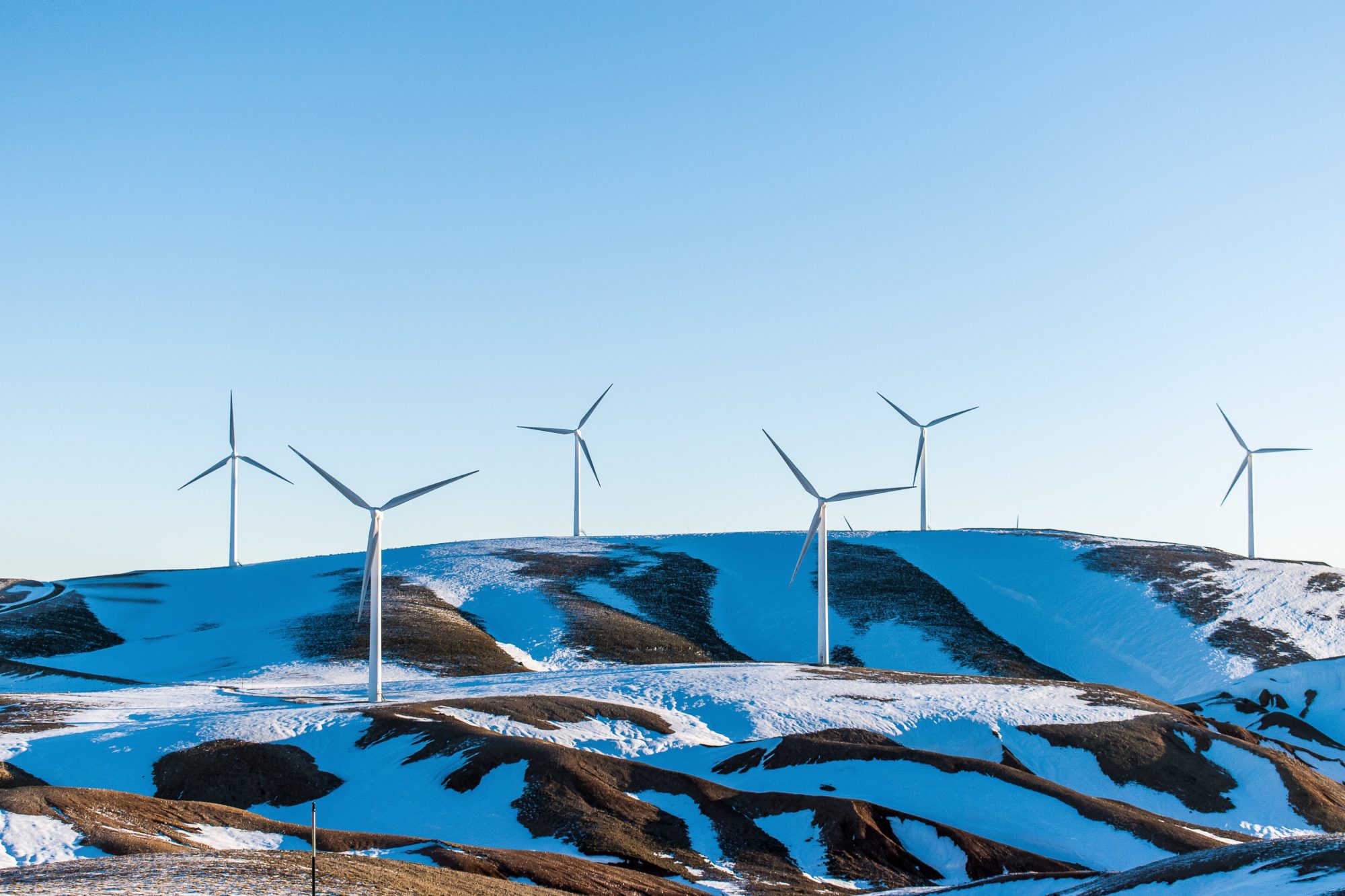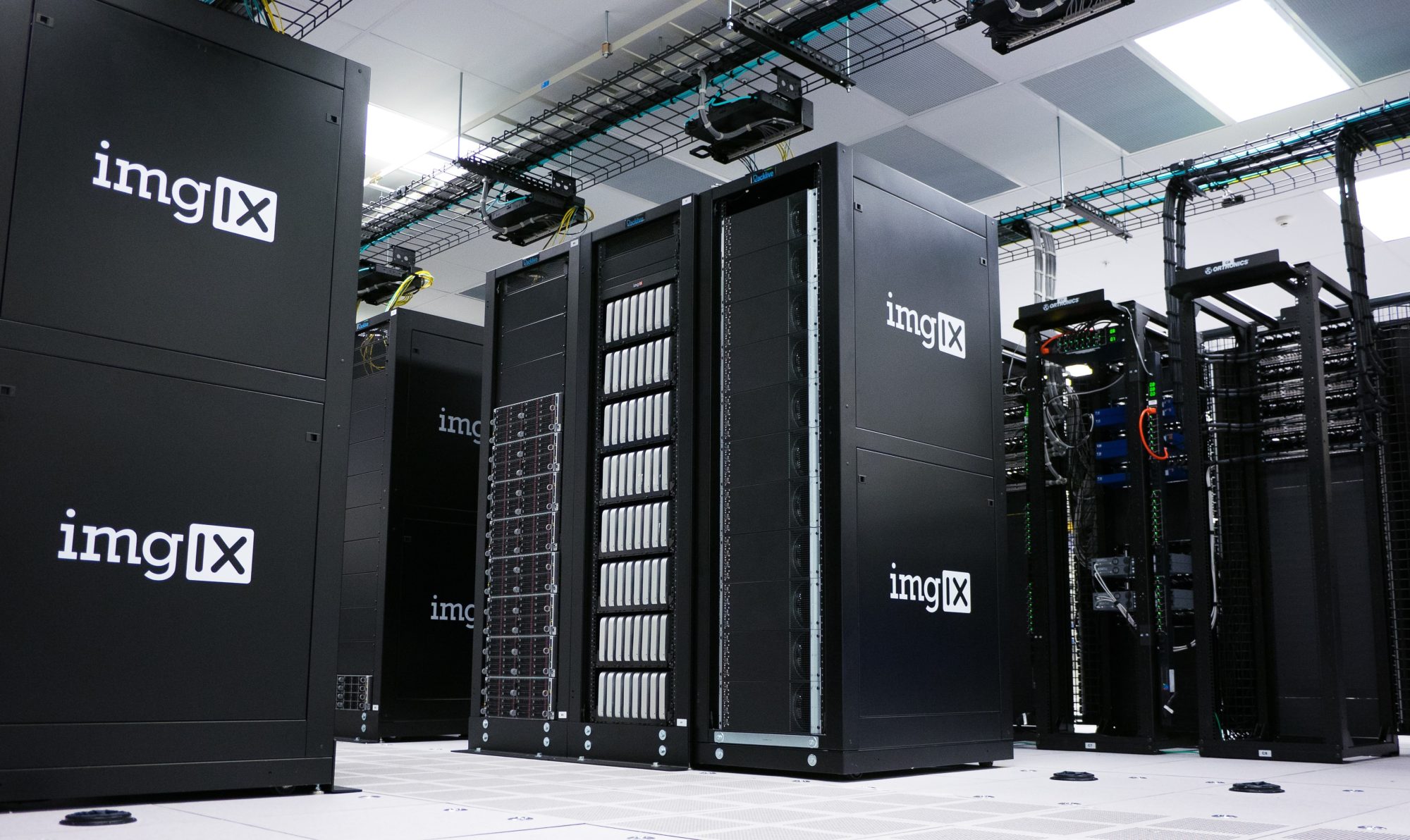Net Zero for TECH
Digital technology is responsible for 1-2% of global emissions. Despite this being only a modest fraction of net global emissions, tech’s potential contribution to the global transition to net zero emissions could be as much as a 15% global reduction by 2030; tech companies make up most of the world’s wealthiest businesses, influencing the daily behaviours of billions of people, with expertise in exponentially scaling innovations, both technical and organisational, that often inspire others to follow. As such, tech companies can lead the transition to a net zero future not only by reducing both their own and partners’ emissions, but also through development of innovative new technologies and business models facilitating global net zero progress.
Progress Towards Net Zero
In recent years, big tech companies have been prominently leading the way on voluntary net zero ambition and progress; in many cases, goals are years ahead of the targets laid out by the IPCC.
The first company in the world to achieve net zero emissions was a tech company (Google), and several big tech firms (such as Google and Microsoft) have made the additional commitment for net negative emissions and removal of their entire carbon legacy from before their net zero date.
Apple has arguably gone less far, instead aiming for carbon neutrality by 2030 and relying on offsets, however, Apple has published its climate strategy in order that others can learn from these practices. Microsoft also announced wider engagement by requiring suppliers to report on their emissions.
Big tech’s acknowledgement of their responsibility to lead and spread innovation reflects the less dramatic progress across the sector. For example, only 1 in 7 unicorns has a climate target (“unicorns” are privately held start-ups valued at over $1 billion, 96% of which are digital). To help close this gap, organisations such as Tech Nation are launching programmes to develop tech companies’ ability to create a more sustainable future.
To help scale progress through the sector, and globally, the tech sector is investing billions of dollars in negative emissions technologies and initiatives such as Breakthrough Energy and Climate Innovation Fund. Tech companies are also leading by forming and joining cross-sector initiatives such as Transform to Net Zero.
“While the world will need to reach net zero, those of us who can afford to move faster and go further should do so.” – Microsoft



The tech sector can claim the world’s first net zero company, and the world’s largest corporate purchase of renewables.
case studies
world's first net zero BUSINESS
In 2006 Google become carbon neutral, then became in 2017 the first net zero company in the world. By 2020 Google eliminated its entire carbon legacy (the total emissions across the company’s lifetime), and now plans to become the first company to achieving bsolute zero emissions (operating 100% carbon-free) by 2030. In 2019 Google made the world’s largest corporate purchase of renewables.
net negative emissions by 2030
Microsoft committed to reaching net zero emissions across Scopes 1, 2, and 3, before pushing beyond to achieve net negative emissions by 2030 in order to remove its entire historical emissions by 2050. They have also launched an initiative to use technology to help their suppliers and customers around the world to reduce their own carbon footprints, and created a new $1 billion climate innovation fund to accelerate the global development of carbon reduction, capture, and removal technologies.
decarbonising production
Many tech manufacture processes currently have few carbon-free options, but Apple are in partnerships to develop innovative new technologies such as carbon-free aluminium-smelting, and recycling robots to better recover some rare earth elements in some components of their phones.
Key Challenges
The tech sector has massive capital, user-base, and influence, and is tasked with catering to the exponential growth in usage of their services (such as data services) and products (such as mobile devices). Continuing to balance increased emissions that would result from this exponential growth with an exponential increase in computational and manufacturing efficiency is a challenge. This is especially so, given that many of these challenges are either traditionally outside the remit of their sector, or difficult to decarbonise.
For example, data usage is a major source of energy consumption for tech companies; while businesses can work on improving the efficiency of their data centres, their emissions are largely tied to the progress of local decarbonisation of energy grids. Promisingly, being large consumers in the electricity market, there is a precedent of big tech companies driving accelerated renewables deployment by making massive purchases of renewables; recently, half of renewables purchase agreements came from tech firms operating large data centres. However, this isn’t as feasible for smaller tech companies, and creating renewable energy infrastructure may be perceived as outside their remit.
Secondly, many manufacturing processes are difficult to decarbonise (e.g. metal-smelting) and difficult circularise (e.g. recycling electronic components), leading to high production emissions, and high post-use electronic waste.
Finally, much of the world’s communication and design occurs via the services of the digital tech companies, and there is a growing opinion that tech companies have at least partial responsibility for activities their technology facilitates. For example, social media has enabled the spreading of misinformation on climate change, and cloud computing services are being used to accelerate the extraction of fossil fuels.



Data centres consume large amounts of energy



Manufacture of electronic devices requires damaging-to-extract elements
Net Zero INNOVATIONS for TECH
Net Zero for Tech
The tech sector faces unique challenges in reaching net zero emissions, due to exponential growth in demand for data services, difficult-to-mitigate production methods, and huge supply chains.
DATA CENTRE ENERGY USE
In recent years, demand for data centre services has grown exponentially, however similarly exponential increases in computational energy efficiency have resulted in net energy usage remaining flat at 1-2% of global electricity usage; growth in data usage is become largely decoupled from growth of demand. There is a risk that exponential growth may continue in demand, while fundamental physics-based limits on computational energy efficiency in the current computing paradigm may be reached sooner.
Ultimately, while efficiency improvements are important for bounding the energy requirements of an exponentially growing demand, net zero can only be achieved by switching to carbon free energy sources around the clock. Big tech companies are investing heavily in renewables (accounting for a large fraction of all corporate renewable purchases).
Some methods that have facilitated the global plateau for data usage energy have created local challenges. For example, on a local scale hyperscale data centres draw huge cumulative energy usage (10s of percent of the national total in some cases), as well as high peak loads, that can be difficult to deal with using renewables. This can add pressure to the energy grid of smaller countries and poses additional challenge for their net zero transition.
MANUFACTURE AND DESIGN
While replacing fossil energy with renewables is a great step for data centres, it doesn’t account for the fact that fossil energy is still used through production, and going carbon-free is a substantially more difficult task for many of the production processes in the tech sector. This is exemplified by mobile devices, where lifetime emissions are mostly generated during production. Some processes, such as metal smelting currently have few carbon-free options, but early partnership is looking into carbon-free aluminium-smelting). Extracting rare earth elements is linked to significant environmental damages, but companies such as Apple are attempting to expand recycling to better recover some rare earth elements in some components of their phones to reduce the need for continued mining. By combining innovative manufacturing processes with designing for longer product lifetimes and a push to increase recycling to reduce electronic waste, there is promise for the goal of circular product design.
SUPPLY AND VALUE CHAIN
For many companies, the majority of their emissions lie outside their own operations – these can be considered within the wide range of scope 3 emissions. Suppliers’ emissions are often limited by local energy grid mixes and the carbon intensity of industry-specific manufacturing processes. Suppliers can be both pushed and supported to reduce emissions by tech companies they work with. For example, tech companies can make emissions reductions a part of the procurement process;, or they can support their partners’ progress through knowledge sharing.
Tech for Net Zero
Through technology’s ability to scale quickly and reach many people, small changes in tech can lead to substantial changes in user behaviour. For example, the big tech companies influence the decisions of ~ four billion consumers every day.
ARTIFICIAL INTELLIGENCE AND MACHINE LEARNING FOR CLIMATE CHANGE
Recent development in the tech industry have fuelled major breakthroughs in Machine Learning and more generally Artificial Intelligence, with major consequences for society. These pervasiveness of both climate change and AI, especially in shaping the future of the economy and workforce, mean they form a complex web of interdependencies, ranging from governance to technology. Although explorations and implementations into AI could be used to help achieve net zero are relatively new, there is already a significant range and success in research (academic and private), which is already having impact.
INFLUENCING AND SUPPORTING USERS TO REDUCE CARBON EMISSIONS
Products in the tech sector have a unique ability to rapidly scale to millions or even billions of users. As such, even relatively small changes can have outsized impacts on global emissions. For example:
- when shopping for flights you can sort results based on the carbon emissions of the journey.
- food purchasing in future will be increasingly online, and increasingly incorporate personal data; careful design of ‘choice architecture’ could influence the wider adoption of lower-carbon diets.
- Relatively subtle algorithmic choices in social media can have influence the opinions and behaviours of users; such algorithms could be better tuned to maximise social and environmental benefit, and limit the spread of misinformation and greenwashing.
- Design! Most design across all sectors now happens on computer software, and many sectors especially rely on advancing computational power in order to run their services; wider sectors could be supported or nudged towards implementing net zero practices by carefully updating these tools to support net zero (eg including tools to for designing low-carbon housing into architectural design software).
INVESTING IN CARBON REMOVAL
ADVOCACY AND USING VOICE
Net Zero Policy for Tech
With digital technology, recent years have shown us that the tech alone cannot solve our problems; more powerful tools can be used to build both powerful solutions and serious problems. As such, regulation on use of these technologies is critical for their safe, sustainable, and equitable usage.
REGULATING USE OF ARTIFICIAL INTELLIGENCE
Google, Microsoft and Amazon have used their AI and cloud computing services to help oil producers extract oil and gas deposits, significantly undermining their other climate commitments. While these partnerships run counter to their climate targets, in the wake of news of these companies’ involvement with expanding oil and gas has led to the first steps to tech companies’ opting out.
Just as banning AI for certain uses such as autonomous weapons or for oppressing populations via facial recognition, prohibiting the use of AI for other damaging activities, such as accelerating extraction of fossil fuels, could be impactful in keeping global emissions down.
REGULATING USE OF ADVERTISING
A large fraction of advertising revenue is online, and being controlled by a small group of companies. As for other damaging practices such as smoking, it could be interesting to introduce ethical standards for what can and cannot be advertised or promoted across the internet relating to high emissions activities and products.
LOCAL POLICIES TO INCREASE ENERGY SYNERGY
Discussion around data centres here has centred on energy efficiency and cleanliness, however there are potential synergies between data centre energy usage and wider systems, for example scheduling data centre computations around energy grid loads, and careful planning to place data centres where the waste heat can be utilised for other purposes.



Smart homes can significantly reduce heating costs – just one way that tech can be quietly deployed for our net zero future.
Why Net Zero TECH?
Tech companies and their employees are often motivated by designing and implementing their vision of the future, altering the way that people live, have access to information, and personal connections. Now, there are substantial and unique opportunities for the tech sector to use their expertise in rapid innovation, their wealth, and their influence, to accelerate progress towards global net zero emissions. By doing so, tech companies can bolster sentiment among customers and shareholders, significantly reduce operating cost and risk, all while creating thousands of new jobs as they transition the operations of both themselves and their partners towards net zero emissions.